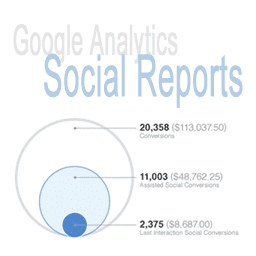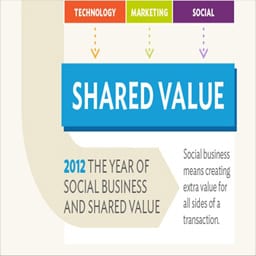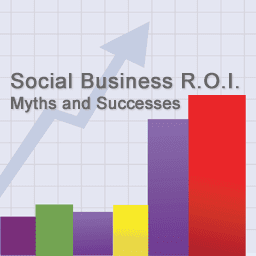Google+ For Business [Infographic]
We recently came accross this Infographic that helps illustrate the strengths of the Google+ social network. Plus some interesting factoids, features and tips that you may not know about. Like: A whopping 60% of Google+ users log in every single day (that’s 60% of over 90,000,000 users); and, a whopping 80% engage on a weekly basis.
![Google+ For Business [Infographic]](http://www.pamorama.net/wp-content/uploads/2012/04/using-google-plus-google+-for-business-pamorama.png)
Infographic Source: Chris Brogan
Return to top: Google+ For Business [Infographic]
Please share your thoughts about this Google+ For Business [Infographic] (or any other comments or thoughts you might have) in the comments section below.














